DeepSqueak, a system that deciphers the meaning of murmurs by machine learning, is under development and is expected to be used in mouse experiments

Mice have high learning ability and social nature, and have been used for many scientific experiments for more than a century. Researchers at the University of Washington conduct research to "analyze murmurs by deep learning and to interpret the meaning of barking" in order to deepen their understanding of such rats.
Meet DeepSqueak, an algorithm built to decode ultrasonic rat squeaks - The Verge
https://www.theverge.com/science/2019/2/19/18225564/animal-research-rat-ai-science-software-automation-deepsqueak
You can understand exactly what kind of purpose and method researchers at Washington's researchers are analyzing the rats' birds by looking at the following movies.
This algorithm decodes rat squeaks and could revolutionize animal research
Mice have been used for medical experiments for many years and said that rats were also used for research that received 75 Nobel prizes.
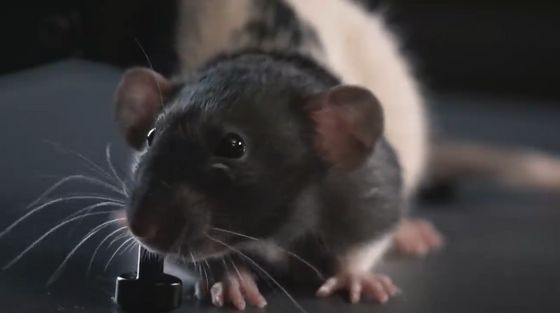
Researchers perform various measurements on rats for experiments, but some researchers have not successfully measured.
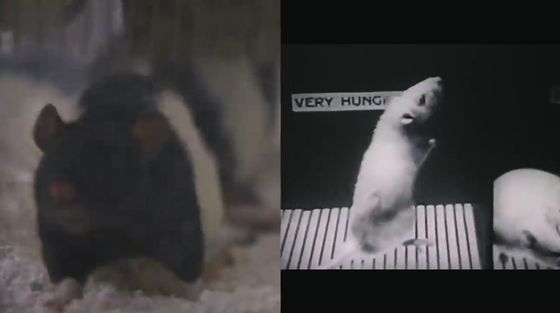
Rats are smart, sociable, crowded creatures. However, the cry is beyond the range that human beings can hear, and it seems that researchers are categorizing fields of rats' barks to be difficult to study.
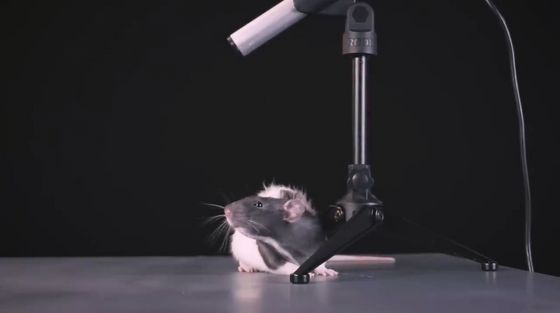
Kevin Coffey, a researcher at the University of Washington School of Medicine, said, "There are very few studies of rats' barks."

Mr. Coffee cooperated with his colleague Russell · Marks ... ...
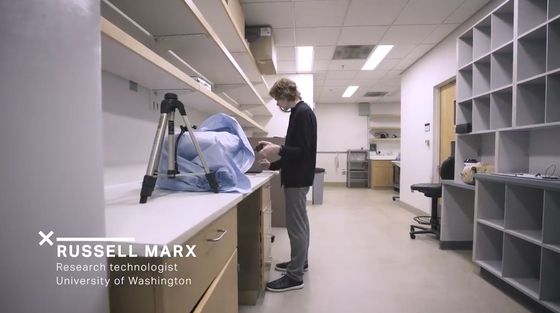
We developed software to analyze murmurs quickly and accurately.

Using a special microphone you can record high-frequency barks that can not be heard and analyze through audio clips.
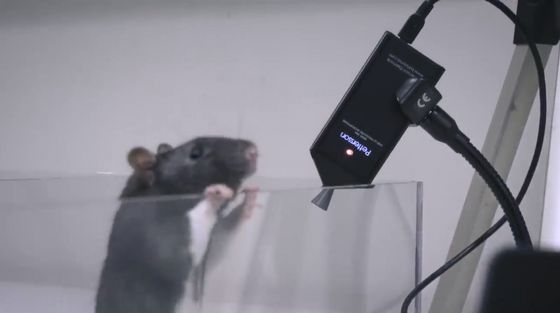
Mr. Coffey thinks he can find the rats' songs from the audio clip and deepen their understanding of the mouse.

Mr. Coffey and Mr. Mark are specializing in studies on depression, anxiety, drug addiction, and he said that they are very likely to use rats in their research.

"Mice have high learning abilities and are surprisingly genetically similar to humans," Mr. Coffey said and the experiments using rats seems to be useful for human beings as well.

Human ears seem to be able to listen up to 20 kHz ( kilohertz ) of sound, but the rats' barks are high frequencies from 20 kilohertz to 115 kilohertz, and humans can not hear many barks. However, it is possible to capture barks by using high-performance microphones.
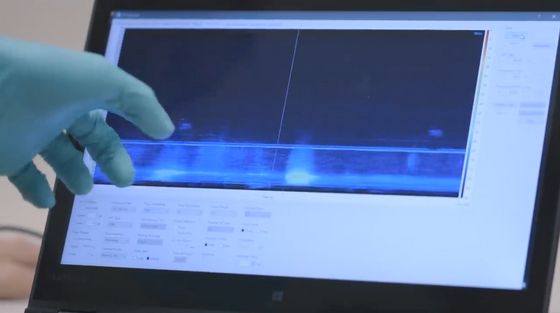
When the mouse emits a low cry as low as 20 kilohertz, it is said that he feels anxiety and tension. On the other hand, when a cry is output as high as 50 kilohertz, the rat seems to feel happy.
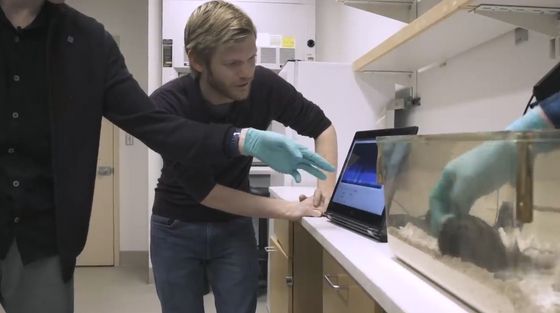
Mice like to play, so if they are tickling, they will be willing to make a high cry.

When he was a doctoral student at once, Mr. Coffee was analyzing the rats' songs by hand. However, manual analysis is very time consuming ... ...

Mr. Kohfer developed a method to analyze rats' barks using deep learning.
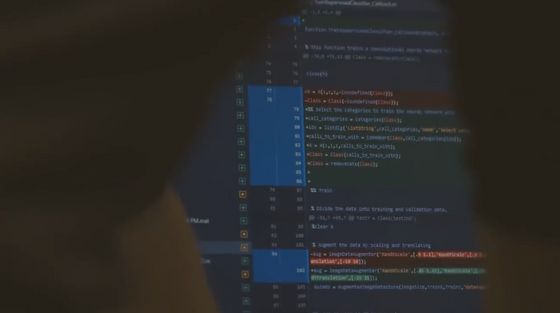
The system to use is AI which is used for automatic driving car. This AI can distinguish between the signs of pause displayed on the screen, human beings and so on.
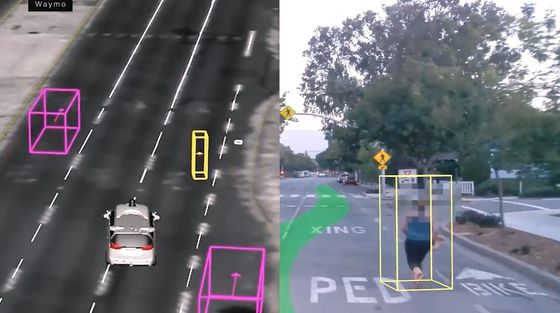
Mr. Coffee made the audio clip that recorded the mouses' singing voice as a waveform image image and has analyzed the pattern of the image in the AI used for the automatic driving car.
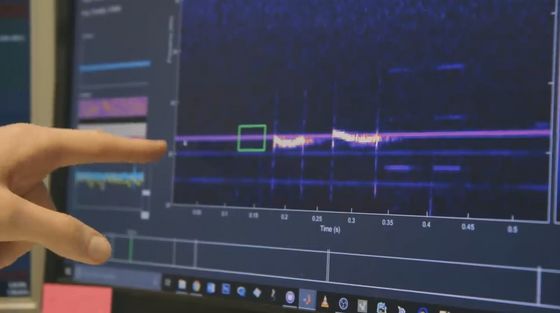
By analyzing the audio clip on this system named " DeepSqueak " it is easy to see how rats are nervous or pleased during the experiment. By analyzing each individual bark, it is possible to classify rats by crying ......
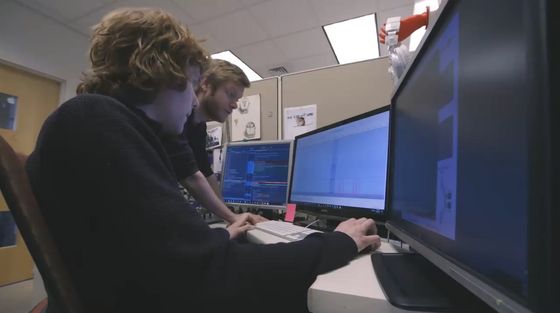
Mr. Marks and others think that they can find out the language syntax of mice by finding patterns by list distribution of rats' barks by waveform and pitch.
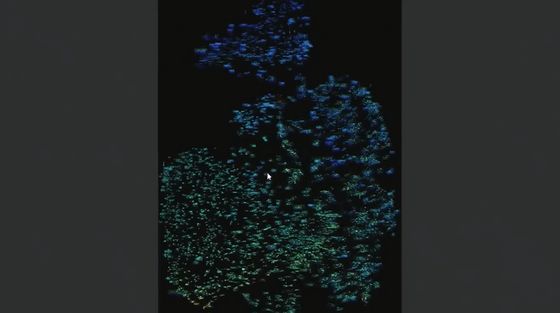
Perhaps the mouse cry is not just a sound, it may be a "word".
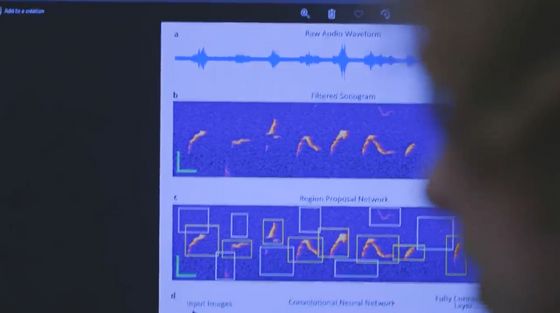
Mr. Coffey and Mr. Mark expect that more researchers will focus on rats' barks and analyze them.
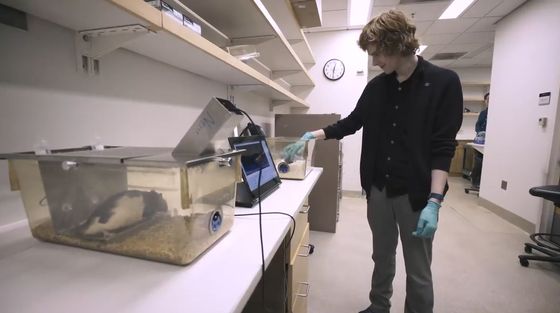
Mr. Coffey said that more researchers need to study the cries of rats to find the mouse " Rosetta Stone ".

Related Posts:







